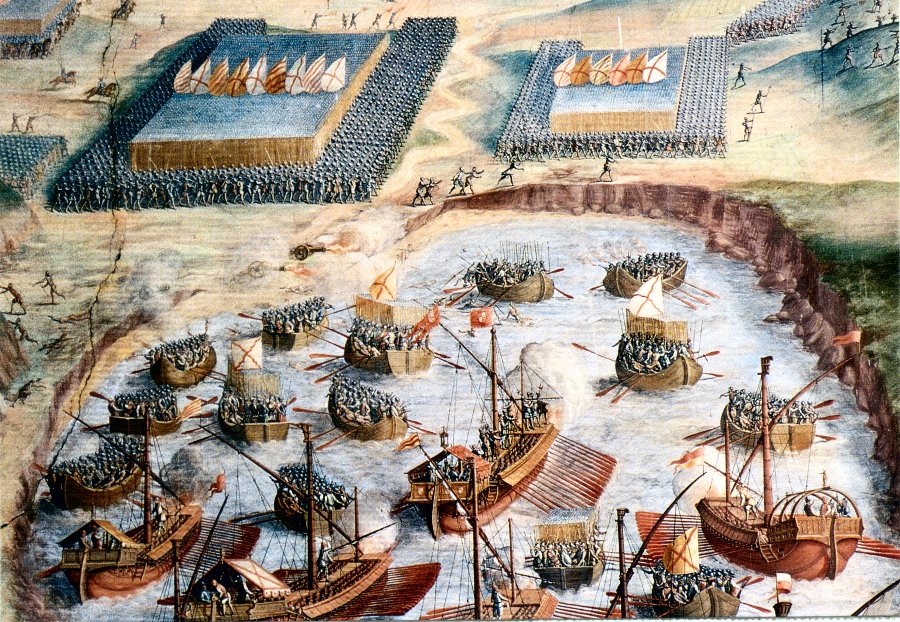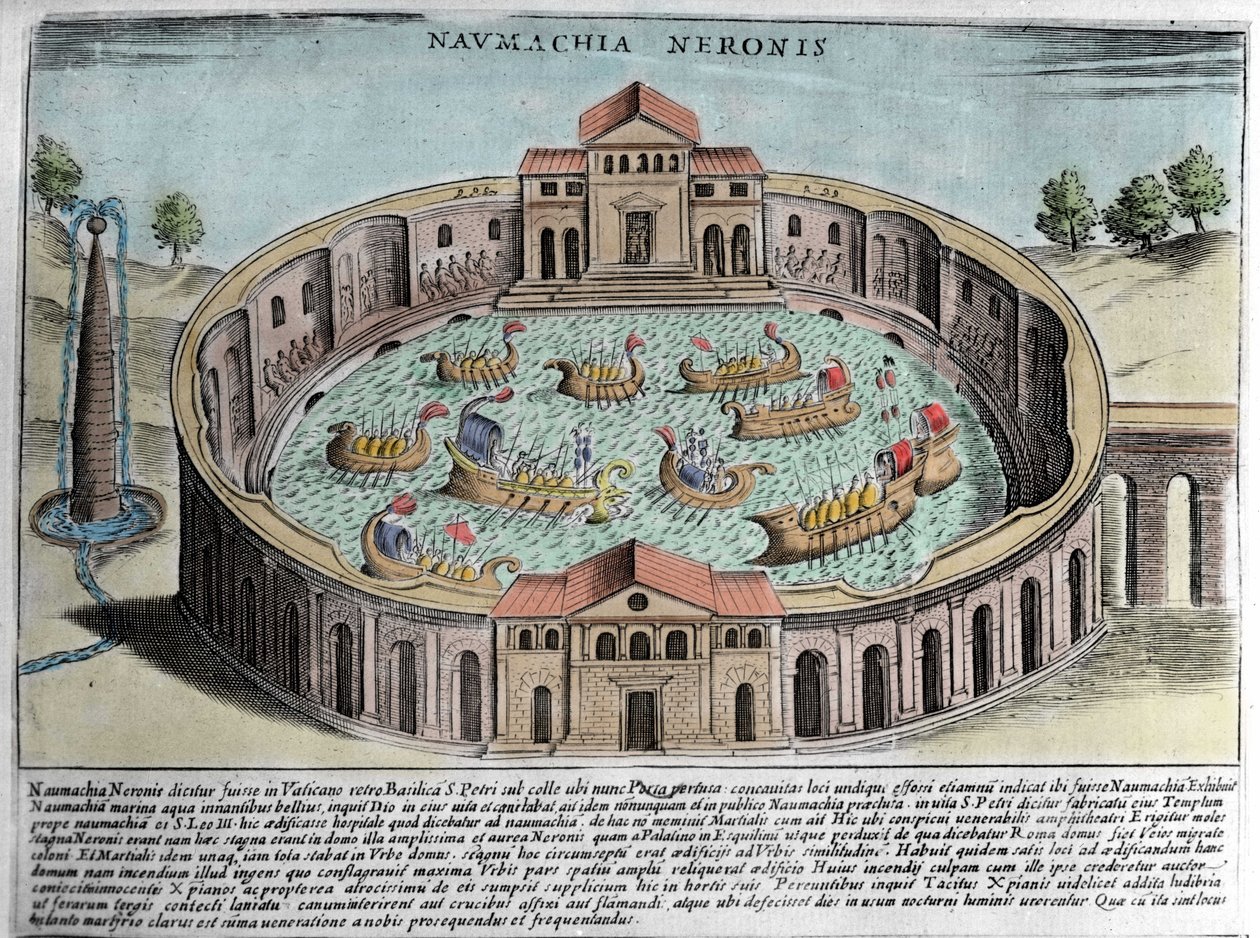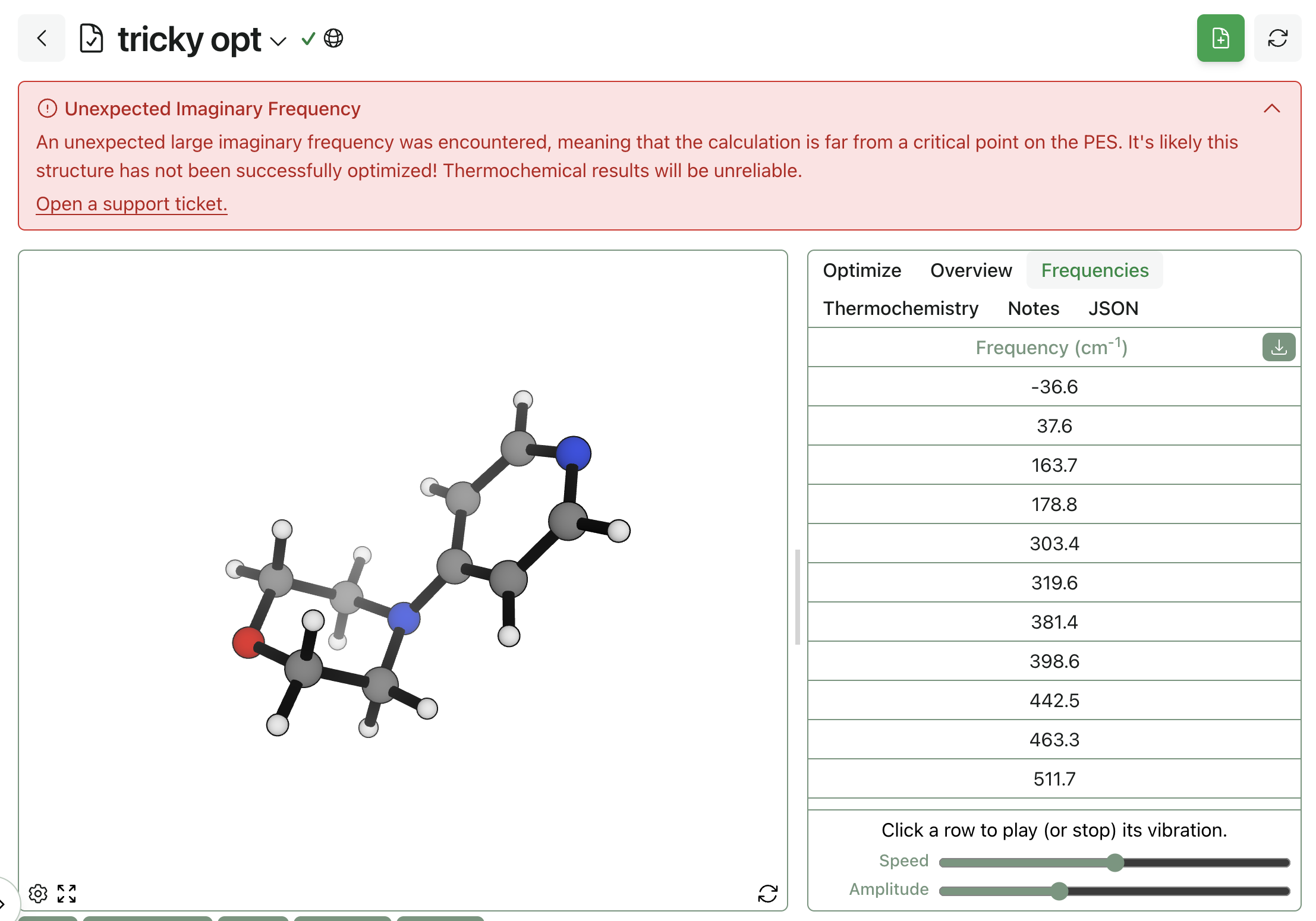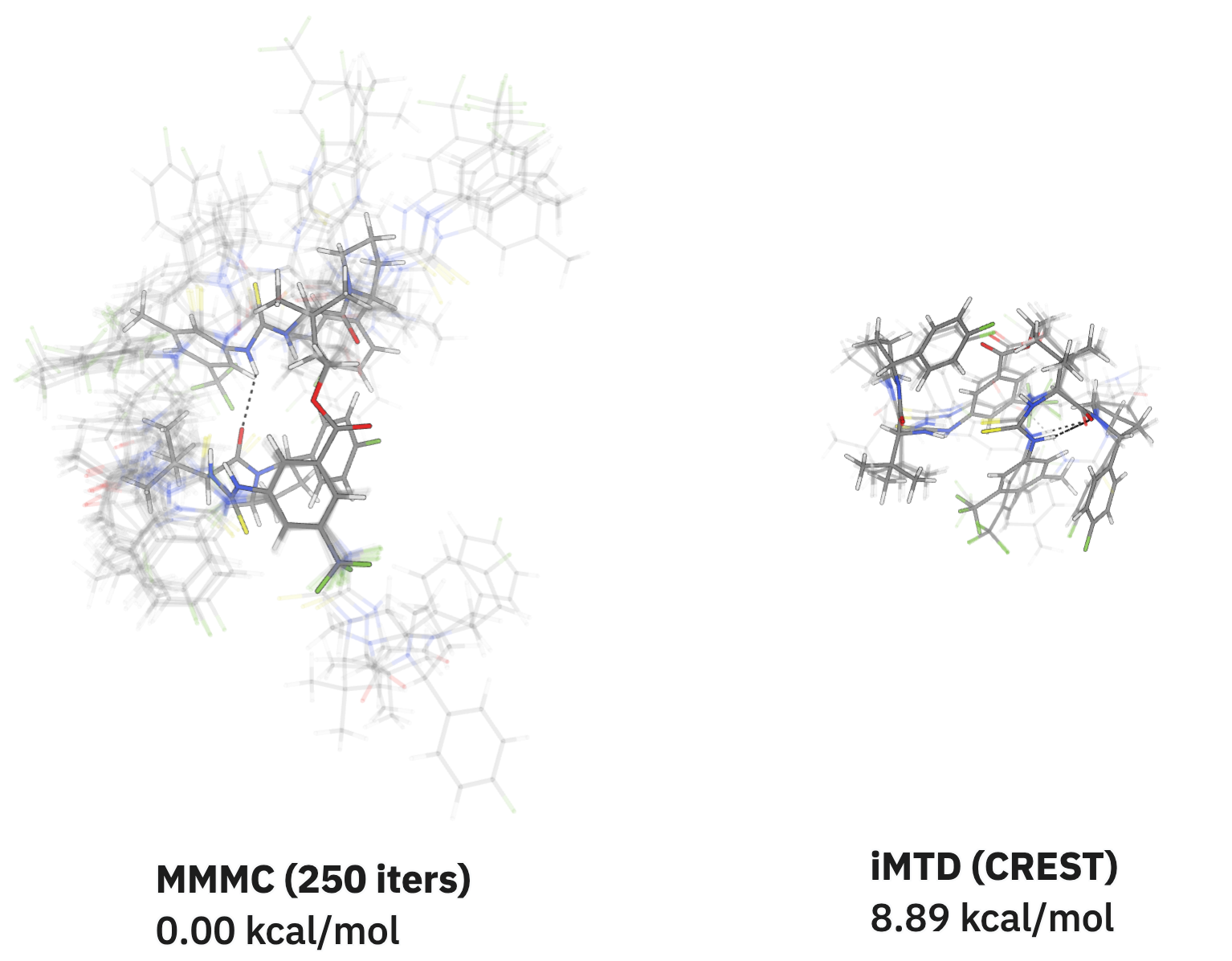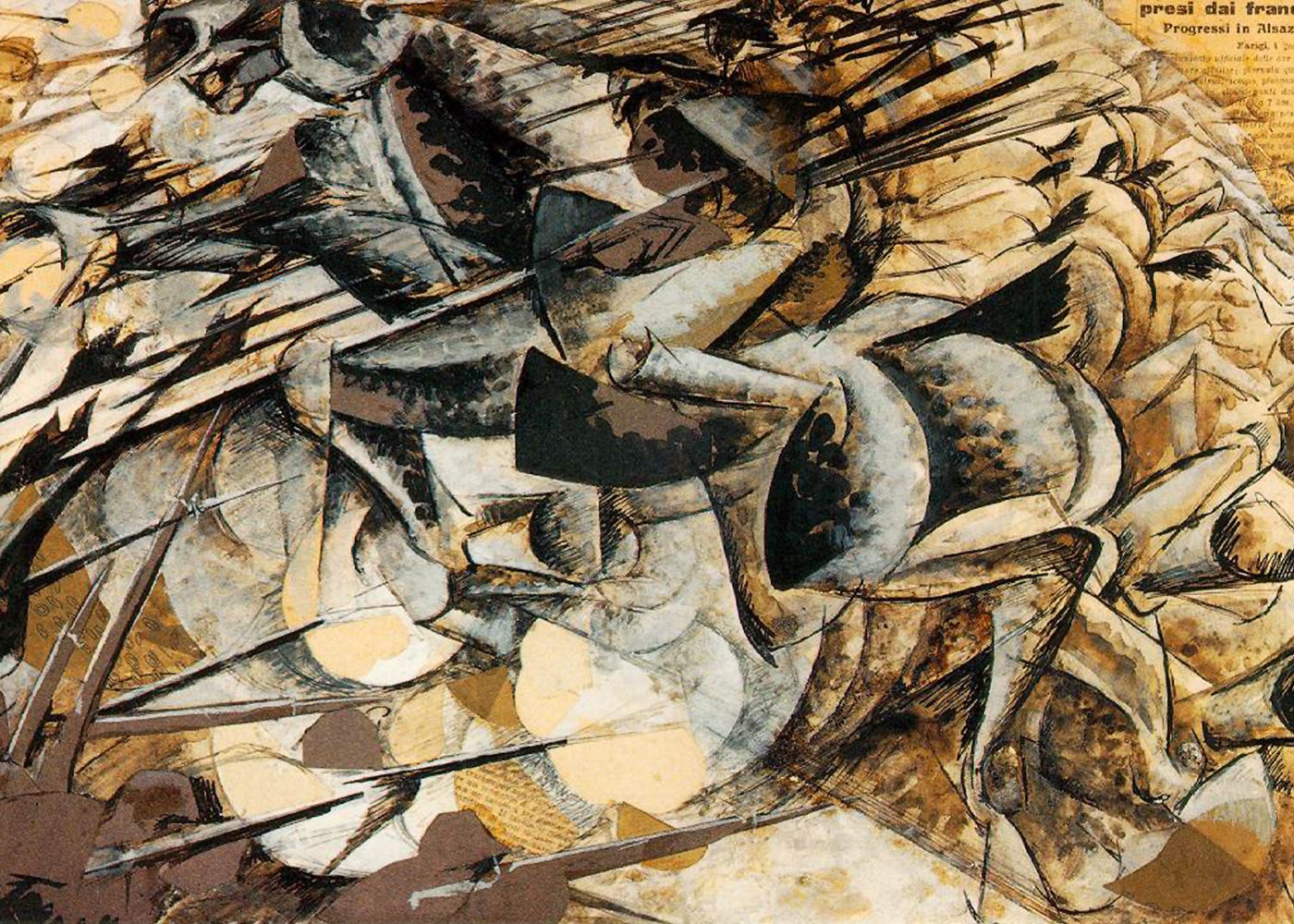What's in a Name?
by Corin Wagen and Ari Wagen · Apr 11, 2025
We're often asked why our company is named "Rowan," a tree with no obvious connection to what our business does. There's a few different reasons why we picked the name, each of which we'll attempt to explain here.

Friendly Tool, Friendly Name
A lot of scientific companies have names that sound like a malevolent robot, complete with lots of Qs and Xs. Here's Peter Thiel on the symbolic significance of company names, from an interview with Tyler Cowen:
A slight aesthetic thing I believe in very strongly is the names of companies are often very predictive of future failure or success. PayPal was a very friendly name. It was the friend that helps you pay. Napster was a bad name. It was the music sharing site. You nap some music, you nap a kid. That sounds like a bad thing to be doing.
Rowan aims to build easy-to-use tools that are accessible to lots of scientists and helps introduce people to the power of chemical simulation. This means that our tool has to be friendly and non-threatening—and, following Thiel, we think that this should extend to the name too. Trees are nice, so we named our company after a tree. (This same logic extends to most of our internal projects and repositories, which are named after birds.)

A cedar waxwing sitting in a rowan tree.
Easy to Spell, Say, and Find
Rowan is short, easy to spell, and easy to say. This is pretty basic, but many scientific companies get tripped up here. How will scientists tell their friends about your company if they can't spell or pronounce your company's name? Here's Chris Dixon (of crypto and a16z fame) on naming startups:
Probably the most important thing is that the name be easy to spell after someone hears it pronounced. I was involved in one startup before where every time you said the name the person says "what?" and then you have to spell it. Trust me, it becomes really tedious and also adds friction to word-of-mouth buzz.
This ruled out most of our clever Greco-Roman name ideas, which in hindsight was for the best.
Mystical and Religious Symbolism
Rowan trees crop up a lot in European mythology and folklore, often associated with boundaries between the natural world and the spiritual world. Here's Wikipedia on the pagan symbolism of rowan trees:
In Neo-Druidism, the rowan is known as the "portal tree". It is considered the threshold, between this world and otherworld, or between here and wherever one may be going, for example, it was placed at the gate to a property, signifying the crossing of the threshold between the path or street and the property of someone.
Alice Maz writes about a "priesthood of programmers"—just as priests interpose between God and man, programmers connect the world of software and technology to the rest of humanity. Since Rowan aims to make it possible for any scientist to benefit from advances in computational tools, choosing a tree that allegedly connects the natural and spiritual worlds seemed like a good choice.
(Also, Wikipedia says that there's a Welsh tradition that the cross of Christ was made from a rowan tree—pretty cool if so!)
Pokémon Professor Rowan
Pokémon professors are the player's guide to the magical world of pocket monsters. Professor Rowan is the guide to the Sinnoh region in Pokémon Diamond and Pearl, Pokémon Platinum, and Pokémon Brilliant Diamond and Shining Pearl. He's a stern but kind professor with a sweet tooth specializing in Pokémon evolution.
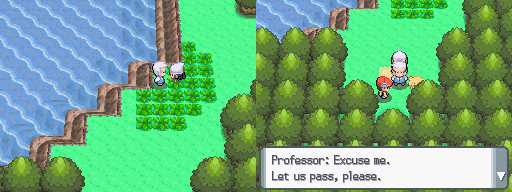
Just like Professor Rowan shares his research and Pokémon with the player (a newcomer to Pokémon training), we've really enjoyed building tools that make computation accessible to newcomers to the field. (Note: this one is all Ari.)
Quickbeam the Hasty Ent
Finally, the rowan tree has a special significance for Tolkien fans. In The Two Towers, Merry and Pippin (two hobbits) meet a rowan-tree ent named Bregalad, or Quickbeam. Unlike the other ents, Quickbeam doesn't want to sit around and debate what should be done for days on end—he wants to take action, "the nearest thing among us to a hasty ent" as the ent Treebeard says.
Here's what we wrote back in August 2023 (emphasis added):
We're starting Rowan because we think that scientific software shouldn't be hard to use. We want to work towards a world where chemists have easy access to modern computational tools… But looking around, we don't see many other people pursuing this vision. Most chemists work in academia, which is poorly structured for the task of building polished software products, or in large companies with a specific focus on something other than tool-building.
We're not the first people to try to make better, more accessible software for scientists. But we felt frustrated with the pace of other efforts in this field. Academic researchers typically work on the timescale of years, not weeks, and many companies in this space are also slow to release updates and incorporate new technology.
Like Quickbeam, we are impatient and want to build great software today, not wait for the existing ecosystem to gradually get better over time. While we have tons of respect for academic researchers, we're too hasty to just sit around and publish papers. That's why we try to ship new features as quickly as possible, why we do our best to keep up with the latest research in our field, and why we're always looking to iterate with users and improve Rowan's product.
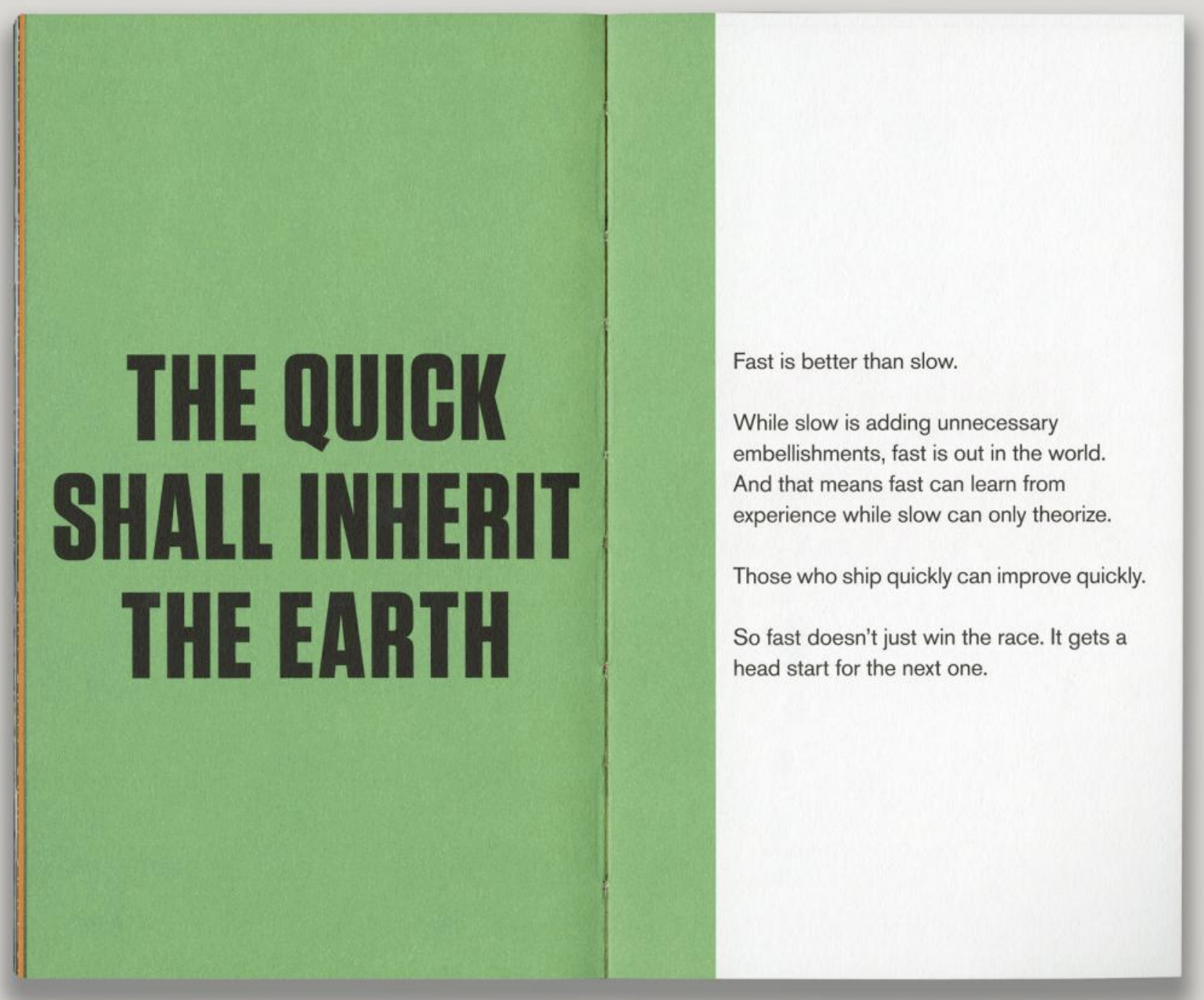
Facebook's "Red Book" says that "fast can learn from experience while slow can only theorize," and that's been true in our experience. Almost all of our most impactful product decisions came from talking to our users, not from sitting in our office and deliberately trying to invent the future—but letting our users tell us what's right means we have to be willing to ship features before they're perfect, and expecting that we'll have to iterate a bunch of times to get things right.
We're quick to ship features and quick to ship fixes as a company, and we're happy to be named in allusion to Quickbeam the hasty ent.


